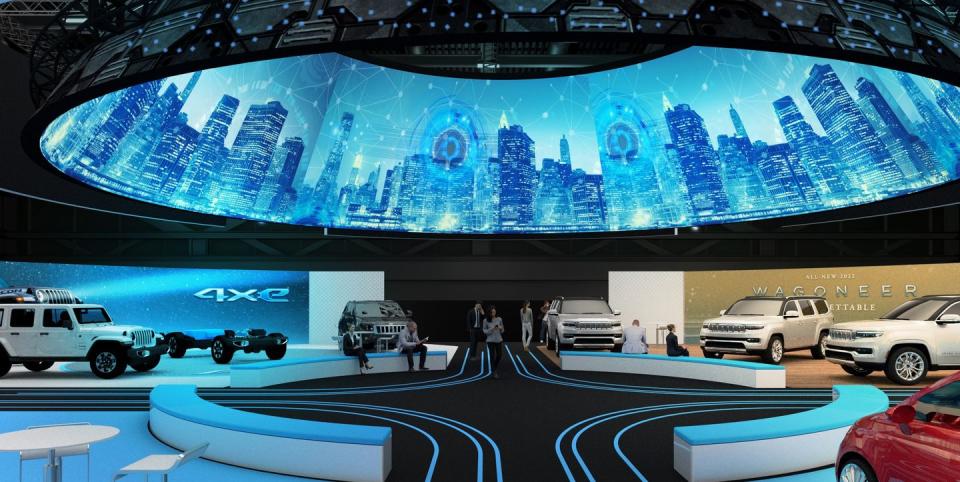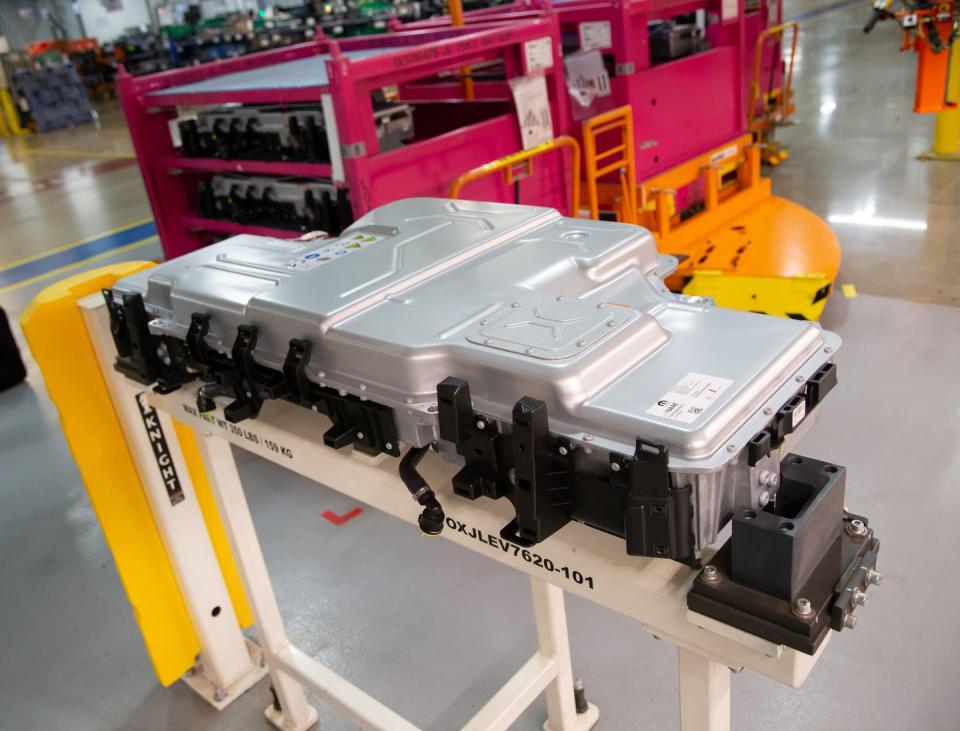Stellantis CEO Gets Surprisingly Candid about Electrification

Stellantis CEO Carlos Tavares spoke recently about his company’s plans around continuing electrification.
He stressed the need for EVs to be affordable, to have more range—and to weigh a lot less.
Tavares also talked about the need for more EV battery recycling, though admitted it will be some years before there is significant supply of spent batteries in the pipeline.
Carlos Tavares, CEO of the 14-brand Stellantis since 2021, is one of our more candid chief executives. In 2013 he was number two to the other Carlos—Ghosn—at Renault/Nissan when he said publicly he wanted to be CEO of an auto company. Ghosn demanded he apologize, and Tavares quit instead, but that proved to be only a very temporary setback.
Tavares resurface as head of Europe-facing Groupe PSA a year later, and quickly restored its profitability, then helped engineer the merger of PSA with Fiat Chrysler to form Stellantis. For this, he is well compensated.
The global brands, which range from Jeep to Maserati, have him continent-hopping, but on Tuesday he was in New York and met with a small group of journalists. Most of the questions were about EVs, which are central to Stellantis’ current strategy. Here is Tavares on some current events (mildly edited for the order in which he answered questions):
On success for EVs: “We have seen the importance of EV subsidies: When Germany and Italy stopped them, there was an immediate drop in demand. EVs have to be affordable, they need the right charging network density, and they need more range. We’re not there yet on range—to get rid of range anxiety, EVs need to travel 400 miles on a charge. They can be made artificially affordable with subsidies, or the automakers can absorb the extra cost.

“We are talking about a very strong change in the direction of the industry. We can’t simply put this new world on top of the old world; it’s a complete transformation. The technology for EVs means that our production costs are 40 percent higher than for an internal-combustion car. We can’t just pass those costs on to consumers because we would lose half of our customer base. We can’t stop the middle class from having access to new cars. So because of regulations we have no choice but to absorb that 40 percent.
“EVs that can get to a reasonable 400 miles of range add 1000 pounds of weight [compared to a similar internal-combustion vehicle]. That is not sustainable—there are too many kilograms of raw materials. So the industry is fighting against this overweight, looking for chemistries that are more efficient. The next generation has to double the power density of batteries, making them with less cost, a smaller carbon footprint, and fewer raw materials. Did automakers underestimate the level of raw materials that would be needed? Yes, is the honest answer.”
On local sourcing: “We have had a simple strategy for a long time; it’s much older than the Inflation Reduction Act [which encourages cars and materials sourced in the US]. In any given region, what we sell should be at least 80 percent sourced in that region. This is for all sorts of reasons, including the environment, logistics, and government regulations. We try to be vertically integrated in the region, and in the US we are far above that 80 percent. And that means you have to have a sustainable source of raw materials, including in your region. For EVs, this means having enough lithium, nickel, manganese and copper.”

On battery recycling: “Recycling is absolutely fundamental. We have to recycle our batteries—there is no other way. We recognize that most batteries come with a warranty of eight to 10 years, so it will take some time until there is significant supply of spent batteries in the pipeline.”
On hybrids versus battery EVs: “The regulatory framework is clear: You sell EVs or you die. But if we forget about that frame for a few seconds, if we really want to protect the planet, consider this: The average age of the car park is 12 years. If you took all the cars that are 15 years or older and replaced them with the equivalent modern car—pickup, sedan, what have you—the result would be a very fast 50 percent reduction in carbon dioxide, on average. These cars can be an affordable proposition, with mild hybrid technology, and sales would be very high. There would be big volume because you’ve protected affordability. If we were pragmatic, we could do that plan.”
On Ram becoming a major brand overseas: “Ram can go global, as did the Jeep brand 10 years ago with great success. The potential is very similar. With Ram, there is strong demand and interest, people are buying the American lifestyle, buying the appeal, and buying at a high price.”
On the plug-in hybrid strategy: “Our plug-in hybrid (PHEV) strategy has been successful. We are in the number one position with Jeep [Wrangler 4xe in 2022]. The PHEV has better range, and battery electrics are heavier, but they are best on emissions, if the energy to charge them is clean. In coastal areas, the battery electric is seen as a stronger statement showing you want to protect the planet.”
On European versus American car purchasing and plant slowdowns: “Europeans tend to order cars that they have configured. In the US, we are driven by the management of the inventory, because cars are built to stock. Only a small number of customers order their cars; instead, they pick vehicles from what is on the lots. So the biggest decisions in the US are made by the dealers based on their knowledge of the market.
“If they get the equation wrong and order too many cars, then they get stuck with too much inventory and we have to cool down production or it will cost us a lot of money. It’s nothing new, [these slowdowns] have been done for many years….We are looking for a solution at the Belvedere [Illinois] plant because the plant is idling; it is not shut down. We are not looking for any specific concession, but if we don’t fix this, then everybody will be in trouble.”
On executive compensation: “Our job as leaders is to transform the company and ensure regulatory compliance. It’s about creating a new, more tech-oriented automobile industry for future generations, and the decisions we make are not always popular.”


 Yahoo Autos
Yahoo Autos 